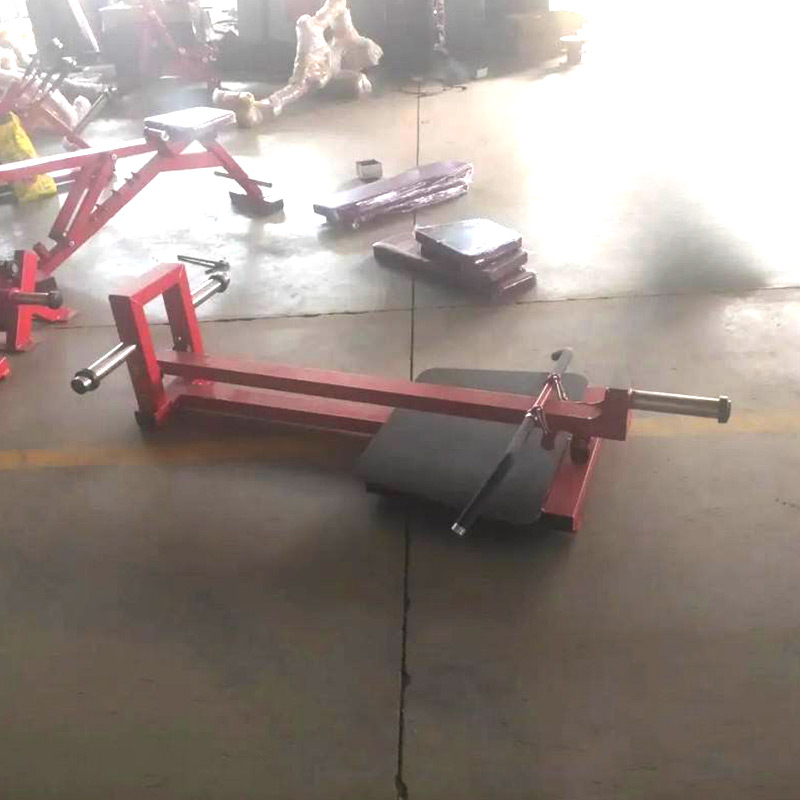The T-bar row is a popular strength training exercise that targets the muscles of the upper back, particularly the latissimus dorsi (lats), rhomboids, and middle trapezius. Here’s a detailed description of how to perform the T-bar row exercise:
Exercise Setup:
- Equipment Needed:
- A T-bar row machine or a landmine attachment inserted into a weight plate.
- A barbell or handle attachment suitable for rowing.
- Positioning:
- Place one end of the barbell or handle into the designated holder (T-bar row machine or landmine).
- Load weight plates onto the opposite end of the barbell or handle to provide resistance.
- Body Position:
- Stand with your feet shoulder-width apart, knees slightly bent for stability.
- Hinge forward at the hips to grasp the handle or bar with both hands, palms facing each other (neutral grip).
Execution:
- Pulling Motion:
- Keeping your back straight and core engaged, exhale as you pull the handle or bar towards your lower chest or upper abdomen.
- Focus on squeezing your shoulder blades together and engaging the muscles of your upper back.
- Controlled Release:
- Inhale as you slowly lower the weight back down, extending your arms but maintaining tension in your back muscles throughout the movement.
- Repetition:
- Perform the desired number of repetitions according to your fitness goals and program, maintaining proper form and control.
Benefits:
- Upper Back Strength: The T-bar row primarily targets the muscles of the upper back, helping to build strength and muscle mass in the lats, rhomboids, and middle trapezius.
- Core Engagement: Maintaining stability during the exercise requires core engagement, supporting overall core strength and stability.
- Variety: The T-bar row provides a versatile option for back training, allowing for different grips and handle attachments to target specific areas of the back.
Tips for Performing T-bar Row:
- Maintain Proper Form: Focus on keeping your back straight, avoiding rounding or arching excessively.
- Controlled Movement: Perform the exercise with a controlled tempo, emphasizing the muscle contraction during the pulling phase and maintaining tension during the lowering phase.
- Adjust Resistance: Start with a manageable weight load and gradually increase as you become more comfortable with the movement and your strength improves.
Incorporate the T-bar row into your back training routine to enhance upper body strength, improve posture, and develop a balanced and well-defined back musculature.





















































Reviews
There are no reviews yet.